1. No Extra Sleeping Spaces
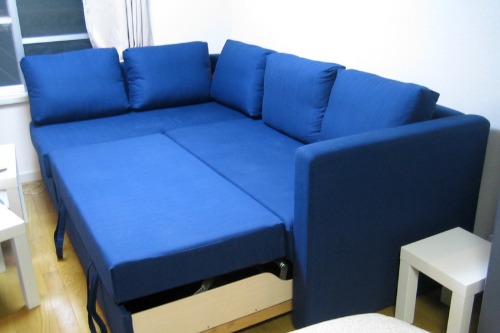
Homes that lack pull-out couches, bunk beds, or convertible furniture are less attractive to groups looking to maximize occupancy. Short-term renters often prioritize sleeping capacity over comfort. But a home with only one or two true beds—and no overflow options—limits that appeal. It’s a quiet way to cap guest numbers.
Designing for quality over quantity sends a clear signal. A cozy reading nook beats a futon any day. And it keeps the home from becoming a crash pad. Fewer beds, fewer bookings.
2. No Keyless Entry
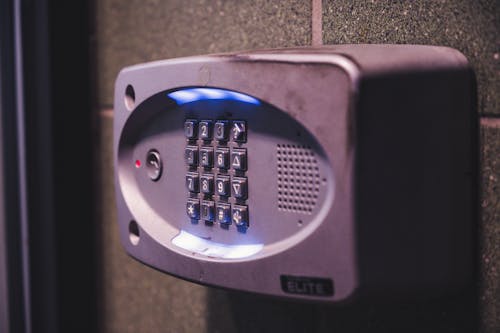
While smart locks and keypads are convenient for short-term stays, many homeowners are intentionally sticking with traditional keyed locks. It adds a layer of friction that discourages frequent turnover and casual bookings. Without easy access, managing check-ins becomes more complicated for hosts—and less appealing for renters. It’s a subtle way to signal the home isn’t set up for revolving guests.
For long-term residents, a physical key isn’t a big deal. But for short-term renters, it’s a logistical hassle. That inconvenience can be enough to steer them elsewhere. Sometimes analog is the best deterrent.
3. Personalized Decor and Family Photos
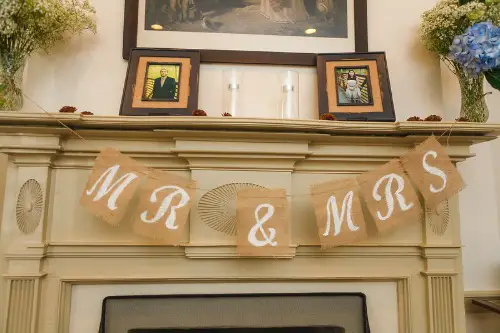
Short-term rentals tend to favor neutral, hotel-like decor that appeals to the masses. But when a home is filled with personal touches—family photos, heirlooms, or custom art—it feels more like someone’s sanctuary than a rental. That intimacy can make guests feel like they’re intruding. And that’s exactly the point.
Homeowners who want to deter short-term use often lean into authenticity. It’s not about being unwelcoming—it’s about making the space feel truly lived-in. Renters want blank slates. This says, “This home already has a story.”
4. Built-In Storage Instead of Empty Closets
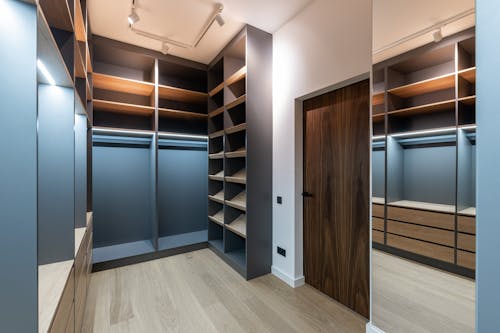
Homes designed for permanent living often feature built-in shelving, custom wardrobes, and closets filled with essentials. That leaves little room for guests to unpack or store luggage—something short-term renters expect. It’s not hostile, just lived-in. And it sends a clear message: this space isn’t a blank slate.
Buyers who want to discourage short-term use often lean into personalized, functional storage. It makes the home feel more permanent and less like a hotel. When there’s nowhere to stash a suitcase, renters take the hint. It’s comfort for residents, deterrence for tourists.
5. No Designated Guest Instructions or Labels
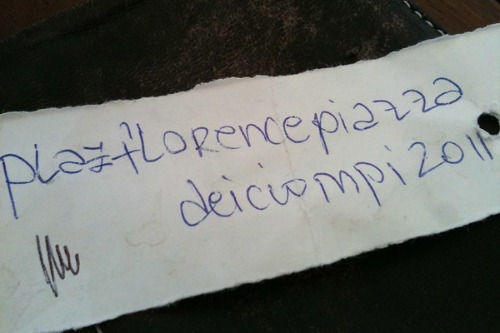
Short-term rentals often include labeled cabinets, printed Wi-Fi passwords, and laminated house rules. When those are missing, guests may feel unprepared or unwelcome. A home without those cues feels less like a rental and more like a private residence. It’s a subtle but effective deterrent.
Long-term residents don’t need labels on the silverware drawer. And omitting those touches makes the space less plug-and-play. It’s not hostile—it’s just not curated for guests. And that’s the point.
6. Minimal Outdoor Entertaining Space
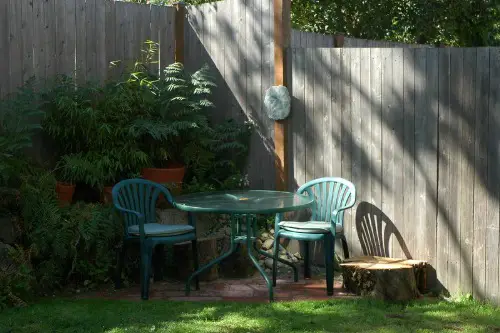
Short-term renters often look for homes with big patios, fire pits, or hot tubs for group hangouts. But homes with modest outdoor areas—or ones designed for quiet enjoyment—are less appealing for party-centric bookings. No outdoor speakers, no string lights, no oversized dining sets. It’s a vibe shift.
Designing for calm over capacity helps discourage noise and late-night gatherings. It also keeps neighbors happier. A peaceful porch beats a party deck. And renters looking for a “scene” will look elsewhere.
7. No Lockable Owner’s Closet
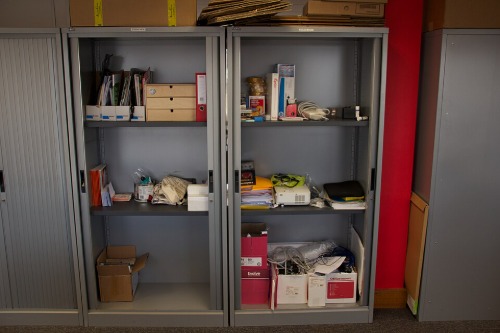
Many short-term rental owners install a lockable closet or storage room to stash personal items. But in homes not intended for short-term use, everything is accessible—or intentionally not staged for guests. There’s no “host zone” because there’s no host. That lack of separation makes the home feel less rental-ready.
It also signals that the home isn’t set up for turnover. There’s no hidden stash of linens or supplies. Just a regular home, not a hospitality setup. And that’s exactly the message.
8. Limited Parking Availability
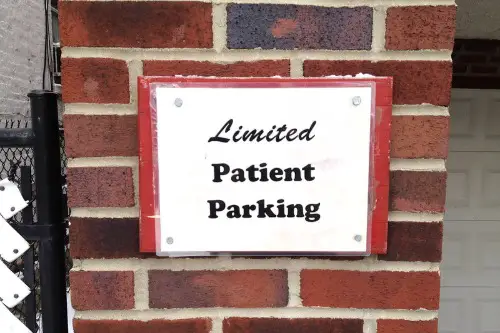
Short-term renters often travel in groups and need multiple parking spots. Homes with only one designated space—or tricky street parking—can be a dealbreaker. It’s not always intentional, but it’s effective. Limited parking naturally discourages high-traffic turnover.
Homeowners who want to avoid short-term use may even landscape to reduce driveway space or avoid paving extra spots. It keeps the home quieter and less appealing to large groups. Fewer cars, fewer guests. And fewer headaches.
9. No Centralized Entertainment Setup
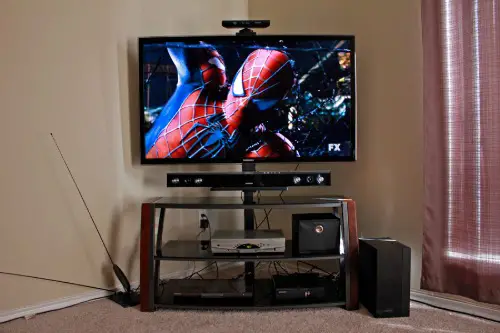
Short-term guests often expect a big-screen TV, surround sound, and streaming services ready to go. But homes without a central media setup—or with older, basic tech—don’t cater to that experience. It’s not about being outdated—it’s about not optimizing for binge-watching. And that’s a quiet deterrent.
A home designed for reading, conversation, or analog hobbies feels less like a weekend rental. It’s a lifestyle cue. And it attracts residents, not tourists. Less screen, more soul.
10. Long-Term Lease or HOA Restrictions

Some of the strongest deterrents aren’t design choices—they’re legal ones. Homes in communities with HOA rules against short-term rentals or those that require minimum lease terms send a clear message. These rules are often baked into the property’s DNA. And they’re becoming more common.
Buyers who want to avoid short-term rental traffic often seek out these protections. It’s not about being unfriendly—it’s about preserving community. And nothing says “not for rent” like a signed covenant.
This post 10 Home Features Designed to Deter Short-Term Renters was first published on Greenhouse Black.
